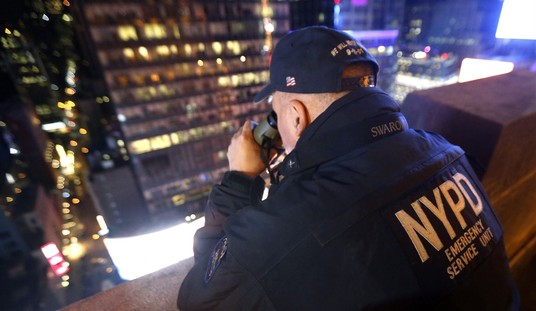In my review on Monday of Michael Mann’s big screen version of his epochal 1980s TV series, I wrote:
I had a few big disapointments of my own with the film. First, its cinematography. Or, to be more prescise, videography. Whereas the original Vice set new standards for television cinematography, many of the scenes in this movie looked like television blown-up for the big screen. Indeed, when I got home, I searched around to find that Mann shot the film with a Thomson Viper FilmStream Camera–and it really shows. Despite all their shortcomings, George Lucas’s digitally “filmed” Star Wars prequels all look like films. And when I go out to the movies, I want to see movies, or at least something that resembles the warmth and sheen of projected celluloid. Not digital, pixelated HD blown-up to the big screen.
But that’s relatively minor. (My wife never noticed anything wrong with the film’s cinematography; I’m not sure if the audience noticed anything unusual about it, either.) And when the film is released to DVD, it will look fantastic on the small screen.
Chris Anderson, the author of The Long Tail, notes some additional benefits when shooting digitally:
“I think shooting in digital changes acting as much as film changed stage acting, or as sound changed film,” said [actor/director Tony Bill].
Why? Because film costs a lot and must be used sparingly, while digital tape is practically free. The difference between the scarcity economics of film and the abundance economics of digital is, as Bill put it, “the difference between pointing a loaded gun at someone and a toy gun. You point a loaded gun at them and they’re going to act different. A film camera is a loaded gun. Digital is not.”
He explained further what he learned shooting Flyboys with the Panavision Genesis. “The old model of acting is that the rehearsal is great and then things change when you say “rolling”–usually for the worse. Now there’s no film in the camera. You can shoot everything. So there’s no rehearsal. Or perhaps it’s all rehearsal. Either way, it’s far more natural.”
Actors freeze up when they know that there’s a cost to failure–a thousand-foot magazine of film costs $1,200 between film and developing. Said Bill: “That slight whirring noise of film running through the camera is the sound of money. And it gets in the way of being real.”
I’ve had to unlearn saying “action” and “cut”. I think shooting in digital makes every actor better. You’re always in rehearsal and never in performance. There’s no “start”. It allows for serendipity. Rather than reach an emotional moment and then having to recreate it later with the film running, you capture everything.
Even better, the director doesn’t have to make all the important decisions up front. They can apply “makeup” in post production. Rather than build the perfect period-piece set, they can shoot in the real world and age it afterward. For one movie set in the 1970s, one of the panelists said, “We shot on real streets and then spent a half-million dollars erasing Starbucks from every f***ing shot.”
But there are some downsides to digital, too. For one thing, because it costs far less to do additional takes, directors are prone to making their actors do it again and again–asking for 40 takes rather than 20. Bill described Robert Downey Jr. leaving little jars of urine around his chair because the director wasn’t letting him go to the bathroom. “I’m exhausted,” Downey complained. Who can blame him?
OK, I will: geez, shades of how Howard Hughes was portrayed in The Avaitor–or maybe Sterling Hayden in Dr. Strangelove.
But precious bodily fluids aside, those are some great observations about shooting digitally. And, as Libertas frequently notes, digital filmmaking opens the door to everyone–even those Hollywood would generally like to keep out.










Join the conversation as a VIP Member